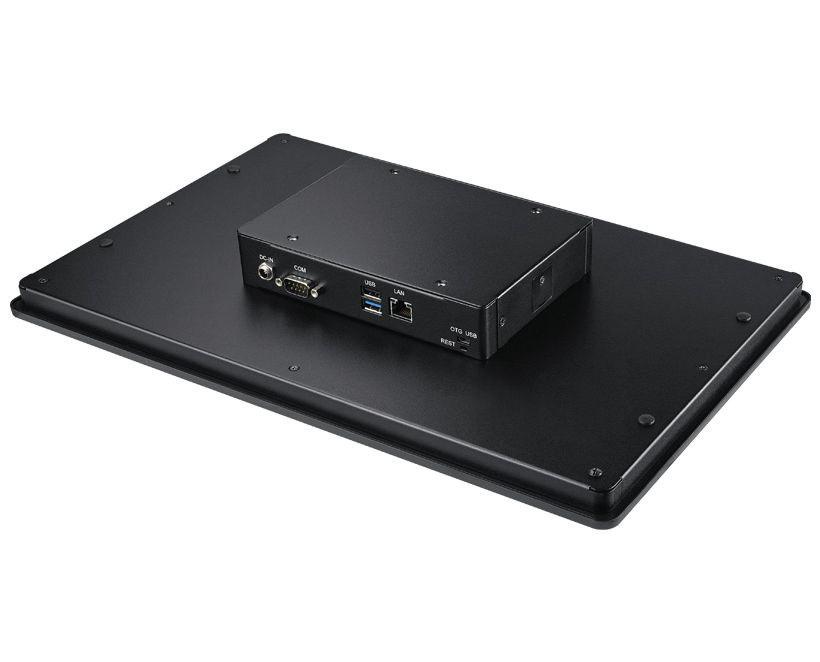
15 minute read
A quiet revolution in industrial control systems
iStock.com/mediaphotos
The industrial control system (ICS) market has been dominated by PLCs ever since they burst onto the scene in 1969. And with good reason: being small and programmable meant PLCs were a significant step up from the hard-wired circuits they replaced. They soon proved themselves to be highly robust, reliable and available at reasonable cost. These factors in combination made them a huge success.
Much has changed in the intervening years. The demands on a modern ICS have increased sharply, as they now need to handle many additional aspects of automation, such as functional safety and motion control as well as serving up data for visualisation and the cloud — and all this needs to be done at ever greater speed.
PLCs have always used their own proprietary hardware, with each vendor creating their own unique system. Such closed platforms restrict users to whatever software tools the PLC supplier provides. Also, any product development needs to come from the one vendor.
As the world has become ever more connected and digitised, calls for open controller systems that can keep pace with technological advancements have come loudly. It’s into this environment that the industrial PC (IPC) has emerged.
But why this trend? Are IPCs genuinely better at performing control tasks, such as ladder programs, than traditional PLCs, which have proven themselves over many years? What advantages do IPCs really bring to the table?
IPCs, as their name suggests, utilise the ubiquitous PC format as their hardware platform. While encased into an industrially hardened format, IPCs are essentially the same as the laptops and desktops we all use. And like them, IPCs have abundant computer resources with plentiful memory — far more than PLCs. Considerable investment continues to be made in PC architecture, which IPC producers can leverage for their products.
IPCs implement a ‘software model’, where functionality is provided by loading a series of software modules. This offers great flexibility as both updates and additional functions can be installed at any time. PLCs, on the other hand, utilise a more rigid ‘hardware model’, where firmware is often fixed. It’s also often difficult to access new functionality, as it normally requires hardware changes.
Questions have been raised about the robustness of IPCs. But IPCs, like PLCs, are microprocessor-based, and have adopted the same ruggedised design principles.
Most IPCs come with the popular Windows operating system, although they execute their control code independently, within a real-time kernel. Windows offers a huge array of programs, as well as functionality such as Visual Studio, .NET programming, large support communities and much more. This allows users to access modern programming techniques, such as object-oriented programming. Giving users access to this sort of power is a massive advantage for IPCs.
Some doubt the reliability of Windows, pointing to ‘blue screens of death’. However, IPC vendors set the standard for their own hardware and test their systems thoroughly, including quality control for their drivers. Also, most IPCs only use embedded, long-term servicing channel editions of Windows, which rarely need to be updated.
In contrast, PLCs for many years had no security protection at all, as it was believed the ‘air gap’ to the outside world kept them immune from cyber threats. But the connectivity demanded of a modern ICS means the air gap has evaporated. While many PLCs now provide security features, giving users a ‘sandpit’ to work in, cybersecurity specialists, such as Fortinet and Team82 from Claroty, regularly report breaches. The situation is not helped by the persistent use of unprotected protocols such as Modbus.
With the merging of the once divergent OT and IT worlds, the call for a single standardised platform for all networked devices has grown ever louder. The IT community in particular sees advantages in having one common platform.
But perhaps the biggest advantage of IPCs is the fact that virtually every industrial site already uses PCs running Windows. These PCs run a host of applications, anything from spreadsheets, HMI/SCADA, web serving and much more.
So it makes a good deal of sense to combine the functions of a PLC with a PC, into a single unit: an IPC. This reduces the hardware required and improves communication links. It also enhances reliability and reduces overall costs.
The prevalence of IPC offerings in the market, including some by the traditional PLC vendors, may explain their meteoric rise in sales.
Harry Mulder is the principal automation engineer at Beckhoff Automation. He’s been involved in industrial automation for over 30 years and is fascinated by how new innovations keep affecting the direction of the industry. He really enjoys the practical element of his job, where he has a chance to get his hands dirty!
Z ENERGY SETS THE STANDARD IN SAFE FUEL TRANSPORT AND STORAGE
Leading-edge safety system helps meet compliance and improve safety.
Fuel transportation, storage and handling is a highly regulated industry that could result in serious consequences if a safety incident were to occur. Meeting these stringent safety requirements is a key priority for businesses that transport and store fuel.
Z Energy is a New Zealand company that supplies fuel to retail customers and large commercial customers including airlines, trucking companies, mines, shipping companies and vehicle fleet operators. Their safety system drives them to proactively focus on the risks that matter most and helps to ensure the continual improvement of their operations.
With a strong commitment to safety and sustainability and to meet the new requirements resulting from the Buncefield incident in the UK, Z Energy recently implemented an innovative automation and safety solution to avoid overfilling their fuel storage tanks while also providing safety function monitoring.
Z Energy called on Pilz for their safety and automation expertise to deliver this turnkey project. A project of this importance would require high-level integration capabilities to meet its unique requirements, so Pilz called on their Authorised Systems Partner, DRE Systems, for this implementation.
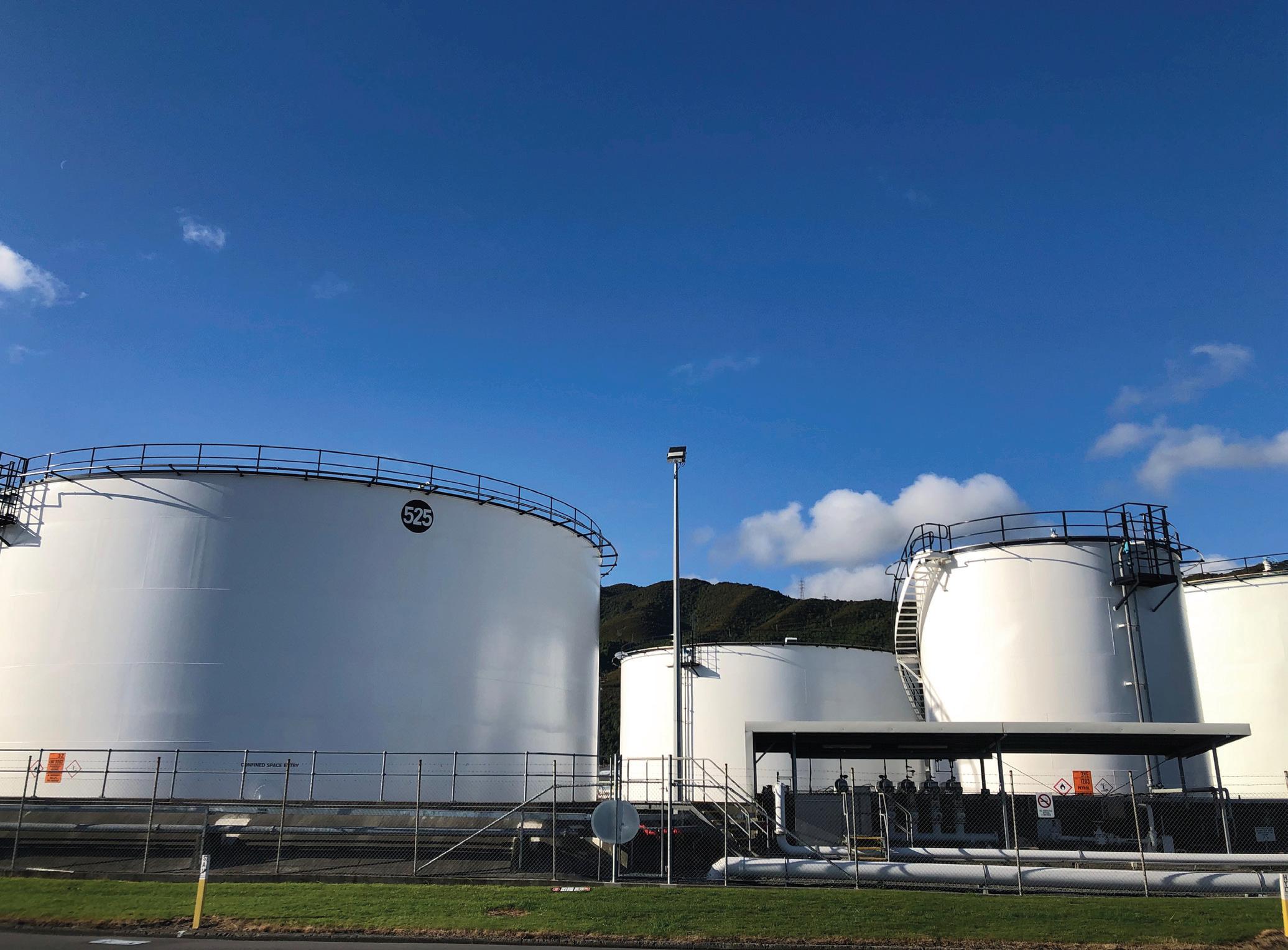
Scoping the project
Z Energy transports offshore fuel to their tank farms, which can be many kilometres away from the original location. The scope of the project was to install an automated system that monitors the level of the storage tanks to avoid overfilling. If the fuel level was to exceed the safe limit, the safety system would then automatically shut down the site and close the valves on the storage tanks.
“Prior to the upgrade, we were relying solely on radio communications between the boat and the receiving tank but if that communication were to be interrupted or break down there would be a high likelihood that we could overfill the storage tank which would then cause significant issues onsite,” said Duncan McIntyre, Project Engineer, Z Energy.
“Although we can halt the product movement coming into our site, it poses a risk in that the ship may not be aware that we have stopped receiving the fuel and they can continue pumping, which could then lead to a pipeline fracture which would be a major failure for us,” he explained.
To address this, Pilz and DRE Systems designed a SIL 2 safety instrumented system involving safety PLCs communicating via radio. Providing a safe automated solution removes the human factor ensuring that in the event a high limit is detected within the tanks onsite, signals are sent to the berth automatically. This sends alerts via alarms, lights and sounders for the wharf staff to attend to the system.
The challenge of the distances and terrain involved at the Seaview site required an innovative approach to the solution. DRE Systems was tasked with solving the site-specific challenges.
Flexible and adaptable safety
The SIL 2 solution was based on the Pilz PSS 4000 safety PLC system, which is highly configurable with the SafetyNET p protocol. DRE researched and discovered a local supplier


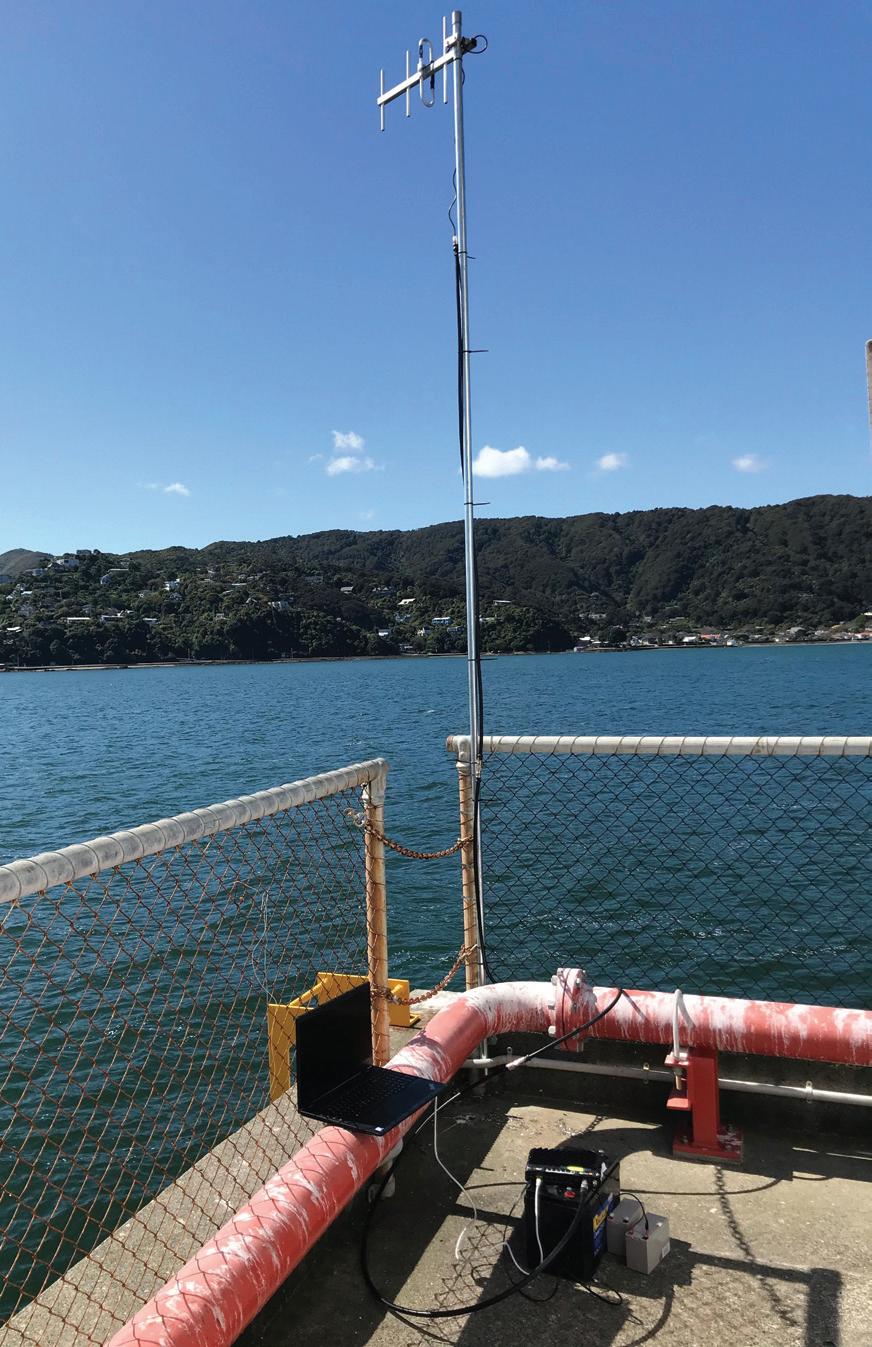
of state-of-the-art Ethernet radio links for industrial use. 4RF were able to provide their hardware and expertise to develop a reliable communication link.
“With this safety integrated system, the compliance is largely performed through the documentation, which provides flexibility in relation to how the solution is delivered. Using the SafetyNET p protocol, the PSS 4000 safety PLCs can be configured to communicate at different transmission rates, whether it is 10 milliseconds or 30 seconds, depending on the application,” said Tony Catterson, New Zealand Manager, Pilz.
“The ability of the PSS 4000 to work with variable transmission rates made it the natural choice when selecting the control technology. This allowed the use of radio communication between the wharf and the terminal with a range of up to 300 km. In fact, this application is one of the first in the world to use radio communications for safety — it is not something we have seen anywhere in the industry and is very much a leading-edge solution,” he added.
This modular system provides the ability to control both automation and safety functions, meeting all relevant safety standards. DRE Systems worked closely with Pilz to supply the equipment, build the panels, develop the PLC software and generate the test documentation and commissioning onsite.
“The radio system operates similar frequencies to a handheld system but with safety rated Ethernet communication. For example, if operators need to send a signal to the wharf without intervention within one second, the PSS 4000 PLC communication can be guaranteed to meet these requirements. The robustness of the communication link was critical to the project, even if there was a tanker parked in front — the radio system is able to perform adaptive modulation, where it actually changes its frequency to ensure 100% uptime,” said Dan McNicholas, Managing Director of DRE Systems.
Safe fuel transport and storage
The solution exceeded Z Energy’s project requirements and given the flexibility of the PSS 4000 system, DRE Systems was able to integrate with Z Energy’s SCADA system, external communications and radio signal to the wharf. It eliminates the requirement for human intervention and provides reliable communication to the wharf with safety rated SIL.
The radio system together with the adaptiveness of the Pilz safety and automation system provided the capability for an innovative and robust solution which will now also be implemented at additional Z Energy sites.
Pilz Australia Industrial Automation LP www.pilz.com.au
IO-LINK MASTERS WITH POWER
Turck has expanded its IO-Link range with an 8-port master with M12 power, a compact 4-port master in IP20 and I/O hubs with an external power supply. The TBEN-L-8IOL IO-Link master is now also available with an L-coded M12 power supply enabling currents of up to 16 A. The high-power ports of the 8-port master allow power-hungry equipment such as grippers to be fed with up to 4 A of power. The IP69K, -40 to 70°C rugged block modules are therefore suitable for field installation on the machine. The compact IP20 FEN20-4IOL master for connecting four IO-Link devices is designed for use in restricted spaces. Both masters simplify the integration of IO-Link devices in Profinet applications due to Turck’s Simple IO-Link Device Integration (SIDI). This enables devices to be integrated directly in the engineering tool — including the storage of parameters in the project. Masters with integrated programming logic can also manage decentralised small-scale tasks in the field. Data can also be queried and processed via Modbus TCP in parallel existing PLC communication.
The TBIL-L-16DXP-AUX I/O hub with an additional power feed for applications is an IO-Link device for increased power requirements. The consistent galvanic isolation of voltage groups V1 and V2 enables actuators to be switched off safely in an emergency while the sensors remain activated. The I/O hub links up to 16 digital inputs or outputs with universal ports to an IO-Link master. The I/O hubs are available with a 7/8 inch or M12 power supply.
Turck Australia Pty Ltd
www.turck.com.au
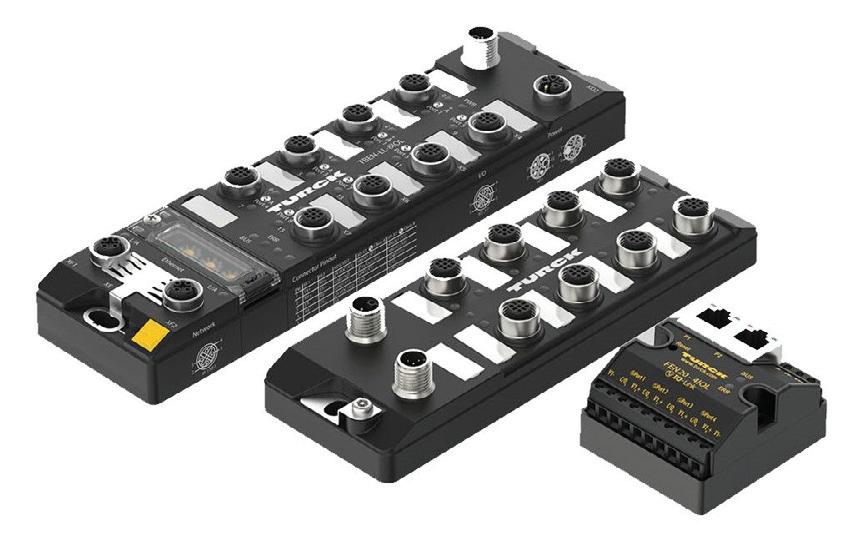
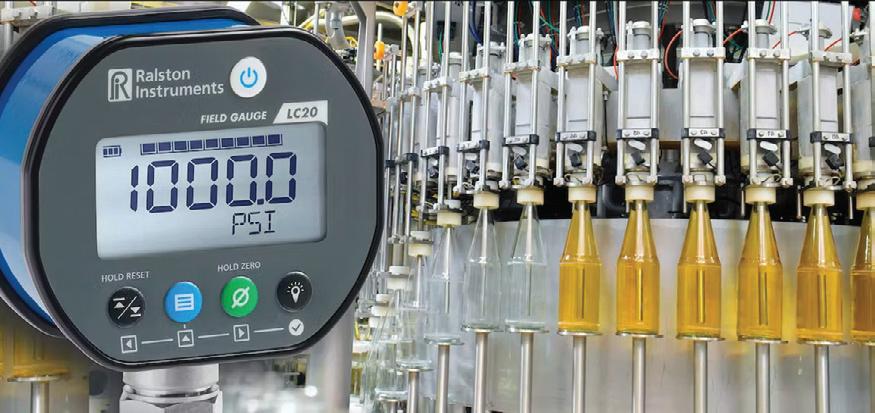
ACCELEROMETER
The ASC ECO-x311 capacitive accelerometers are specially developed for cost-efficient and battery-powered applications with limited installation space. The inertial sensors meet the demands of numerous industrial measuring applications.
The ASC ECO series features an analog, differential voltage output (±2.4 V FSO) for measuring ranges from ±2g to ±40g and a frequency response range from DC to 1 kHz (±5 %).
The ASC ECO-x311 is an alternative to standard low noise or medium frequency sensors, which provide a level of performance that is not required by all applications. A feature of the ASC ECO series is the low power consumption of <250 µA in continuous operation. This makes the accelerometers suitable for mobile, battery-powered applications such as automated guided vehicles (AGV) or remote operated vehicles (ROV). The flat design of the ASC ECO-x311 also allows fast and easy installation even in hard-to-access spaces.
Applications include condition monitoring of machines, systems, infrastructures or vehicles. ASC provides not only single sensors, but also custom-tailored solutions to suit the application. ASC ECO-x311 capacitive accelerometers are available in a uniaxial, biaxial or triaxial version, and can be custom tailored to individual requirements, including in lot size one.
Slentech Pty Ltd
www.slentech.com.au
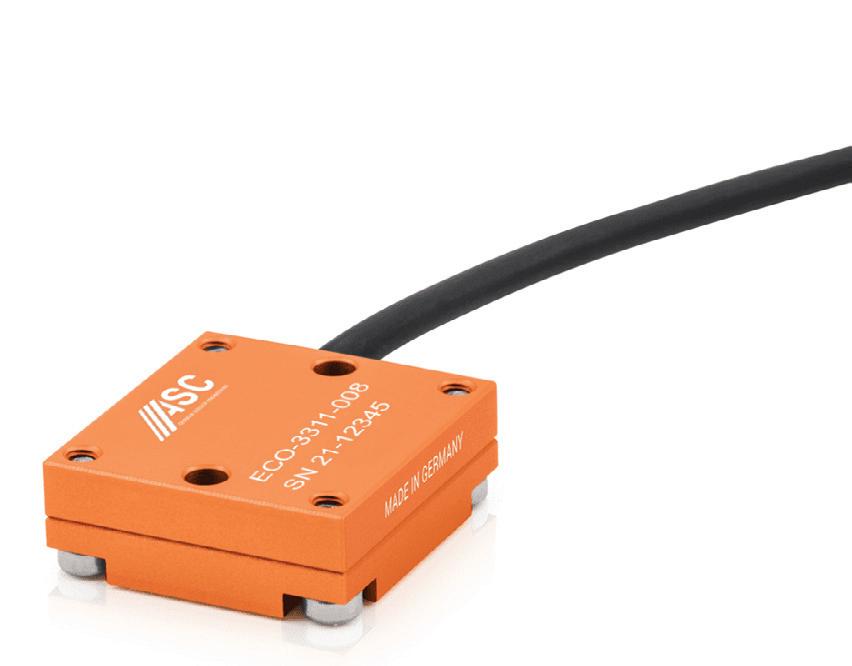
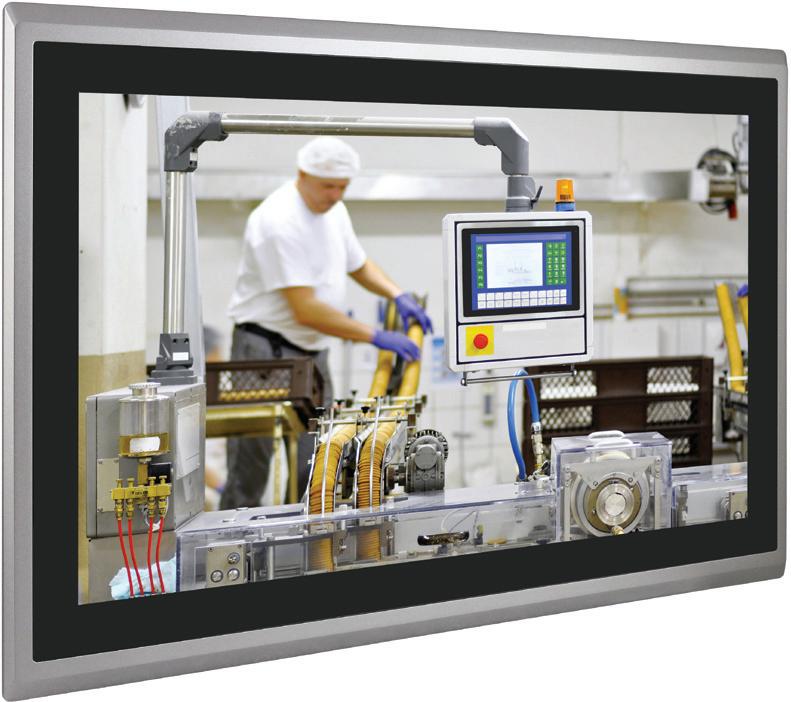
PANEL PC
The ARCHMI-921B 21″ rugged industrial all-in-one HMI panel PC from Aplex Technology is housed in a fanless silver aluminium case that provides IP66 front panel protection. This design makes it easy to clean, reduces maintenance cost and provides a long-lasting rugged enclosure.
The ARCHMI-921B features an 8th generation energy-efficient Intel Core i3/i5 processor with up to 32 GB of DDR4 RAM. The optional projected capacitive touch screen with multi-touch support and anti-scratch surface helps to improve usability, while also providing the screen with tough protection.
The ARCHMI-921B comes in a screen size offering 16:9 wide screen full HD. Optional auto dimming, 1000 nits high brightness and optical bonding with AR coating makes the ARCHMI-921B suitable for a range of applications, no matter the environment or weather.
The ARCHMI-921B offers a wide range of optional expansion including, PoE, 4G, Wi-Fi and CANbus, as well as additional serial, LAN or USB ports that can be added.
The ARCHMI-921B also offers an optional smart battery backup feature. This provides up to 30 min (depending on usage) of emergency backup power for any unexpected power interruptions. The ARCHMI-921B can be panel or VESA mounted, allowing the system to be ergonomically positioned for operator convenience.
Interworld Electronics and Computer Industries
www.ieci.com.au
clean-in-place gas blanketing carbonating
STAINLESS STEEL SurfAcE poLIShEd vALvES IdEAL for dAIry procESSINg, BEvErAgE inc MIcro BrEwEry, food, phArMAcEuTIcAL, chEMIcAL pLANTS.

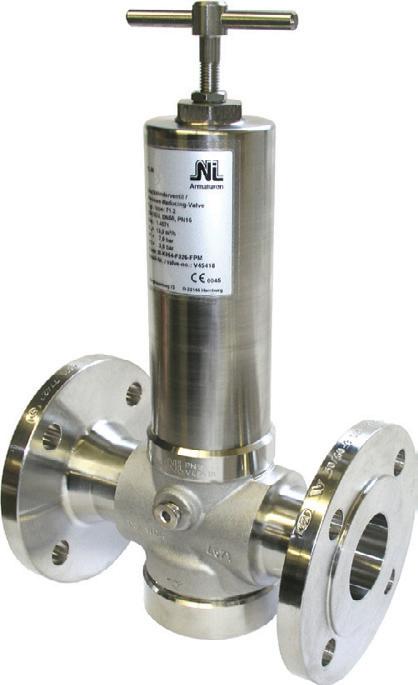

We handle Pressure ®
Tel: (03) 9699 7355
9334/BP&SS-WNIFT
ROTARY SCREW BLOWERS
Kaeser has announced the GBS series of rotary screw blowers. Available in the 75 to 160 kW power range, the series offers flow rates from 22 to 104 m3/min and differential pressures up to 1100 mbar. Power transmission from the motor to the compressor is via loss-free, maintenance-free gearing, which means the GBS series models offer improved efficiency and have low maintenance requirements.
For fixed-speed operation, Start Control (STC) versions are available. They feature an integrated star-delta starter equipped with a premium contactor, overcurrent relay and phase monitoring. The STC versions additionally feature an energy-saving IE4 Super Premium Efficiency motor.
Sigma Frequency Control (SFC) versions are also available, and feature an integrated frequency converter for dynamic adjustment of the flow rate to demand, with the frequency converter and motor matched to deliver optimised overall efficiency. For power outputs up to 110 kW, synchronous reluctance motors are used.
Kaeser says it guarantees the power consumption per unit of flow rate (specific power consumption in kW per m3/h) in accordance with the narrow tolerances of ISO 1217, Annexe E.
Kaeser Compressors Australia
au.kaeser.com
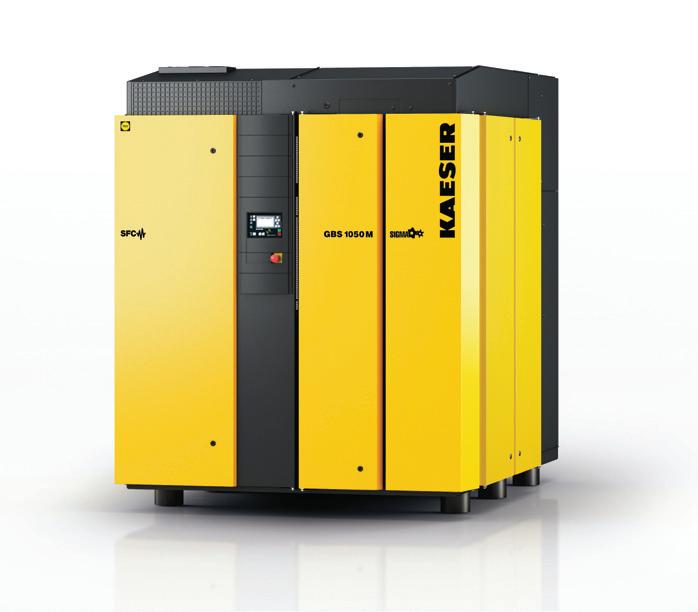

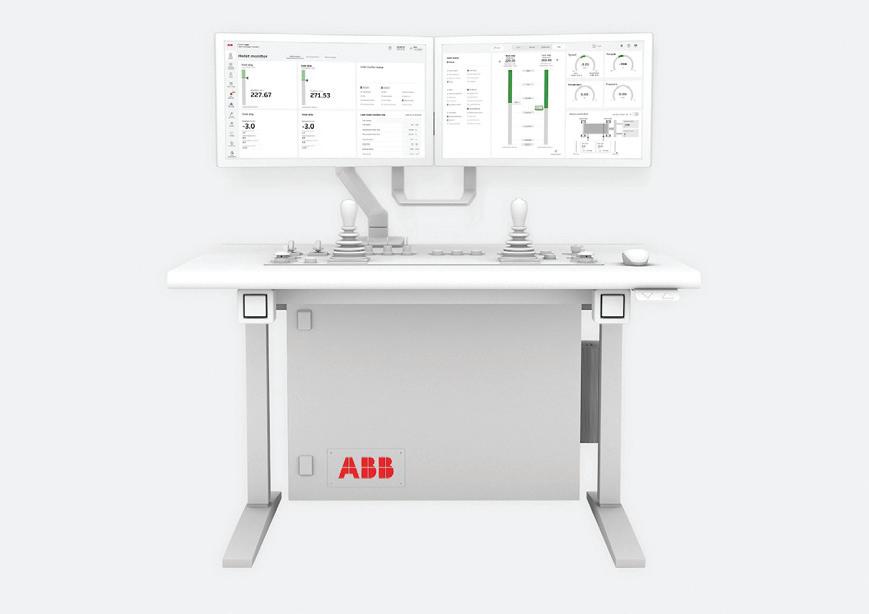
MINE HOIST CONTROL SYSTEM
ABB has announced the launch of ABB Ability NGX Hoist Control, a control system designed to enable mining companies to achieve maximum performance and safety of hoist operations. The company says it brings new levels of reliability, flexibility and ease of use to smaller companies on greenfield projects or upgrades. It can also help larger companies reduce costs and improve efficiencies through standardisation of control systems.
ABB Ability NGX Hoist Control is said to be adaptable to any type of hoist and can be used in upgrade projects replacing third-party control systems. The NGX Hoist Operating Station was designed with the latest ergonomic and human factors engineering guidelines and is based on the latest human machine interface (HMI) insights, offering a modern and intuitive operator interface.
It can be easily integrated with other ABB technologies including ABB Ability Safety Plus for hoists — the company’s first fully SIL 3 certified hoist solution — which was first commissioned in 2019. It is also compatible with the digital monitoring service ABB Ability Performance Optimization for Hoists, which is designed to continuously track the status of a mine hoist and improves uptime, availability, performance and productivity by providing actionable information on KPIs and provides remote access to ABB experts at all times.
ABB Australia Pty Ltd
www.abbaustralia.com.au
RISC-BASED ANDROID PANEL PC
Powered by a Rockchip RK3399 SoC and the Mali-T860 GPU, the PPC-100 series panel PCs are designed to provide widescreen computing options.
The PPC-115W features a 15.6″ panel display, with multi-touch P-CAP control for convenient operation. The 16:9 widescreen aspect ratio offers an enhanced visual experience, making it suitable for industrial digitalisation, informatisation and data visualisation applications. With the pre-installed memory, storage, I/O and system software, the PPC-115W is designed to enable system integrators and independent software vendors to build comprehensive systems easily and rapidly.
Designed for scalable computing performance, the PPC-115W is built with a Rockchip RK3399 SoC that features a dual-core ARM Cortex-A72 and quad-core Cortex-A5 processor, and ARM’s big.LITTLE core architecture for optimal integer and floating point processing, as well as improved memory access speeds.
The PPC-115W is equipped with the Android 10 operating system and all memory, storage and driver components are preconfigured. In addition, the panel PCs are pre-installed with Advantech’s WISE-IoTSuite/AppHub web-based solution for remote device management.
Advantech Australia Pty Ltd
www.advantech.net.au
